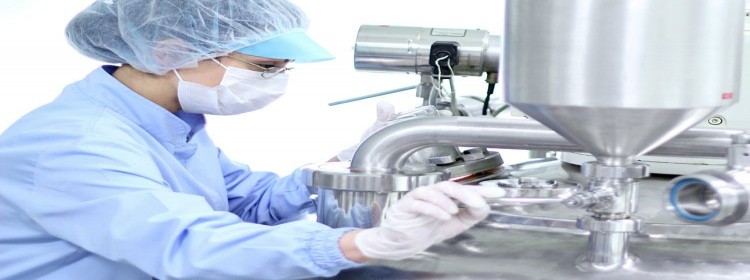- January-24-2018
- Admin
Tableting by direct compression
Direct compression (DC) is by far the simplest means of production of a pharmaceutical tablet. It requires that only the active ingredient is properly blended with appropriate excipients before compression. Apart from the simplicity of formulation and manufacture, the key advantages of direct compression include:
- Reduced capital, labour and energy costs for manufacture
- Avoidance of water for granulation for water sensitive drug substances
The most obvious factor in determining whether DC is applicable to a certain drug substance is dose. Three key factors for successful tableting are flow and compactability of the compression mix, and drug content uniformity in the mix and the final tablets. All of these factors are likely to be affected by drug dose. Low dose is considered 10 mg or below, medium dose 10 mg to 50 mg and high dose above 50 mg.
For low dose drugs, flow and compaction of the compression mix are largely conferred by the excipients and the primary concern is likely to be achievement of good content uniformity in the blend and in the tablets. For medium dose drugs flow of the compression mix may become a critical factor, and for high dose drugs the flow and compaction are highly dependent on the properties of the drug substance
Direct compression formulations can be developed with minimal numbers of excipients. Typically the minimum excipients needed are a diluent (filler-binder), a disintegrant and a lubricant. Additional components may include a glidant, a surfactant, pigments and stabilising agents.
Some of the common chemical components used are:
- Diluent - Lactose monohydrate, anhydrous lactose, microcrystalline cellulose, partly pregelatinised starch, mannitol, dibasic calcium phosphate (anhydrous & dihydrate)
- Disintegrant - Croscarmellose sodium, sodium starch glycolate, crospovidone, partly pregelatinised starch, low substituted hydroxypropyl cellulose.
- Lubricant - Magnesium stearate, calcium stearate, sodium stearyl fumarate, stearic acid
- Glidant - Colloidal silicon dioxide, talc
- Colourants (Pigment) - Aluminium lakes, iron oxides
- Stabiliser - Buffers such as sodium carbonate and citric acid.
- Surfactant - Sodium lauryl sulphate, polysorbates
Several efficient direct compression strategies exist for different drugs.
